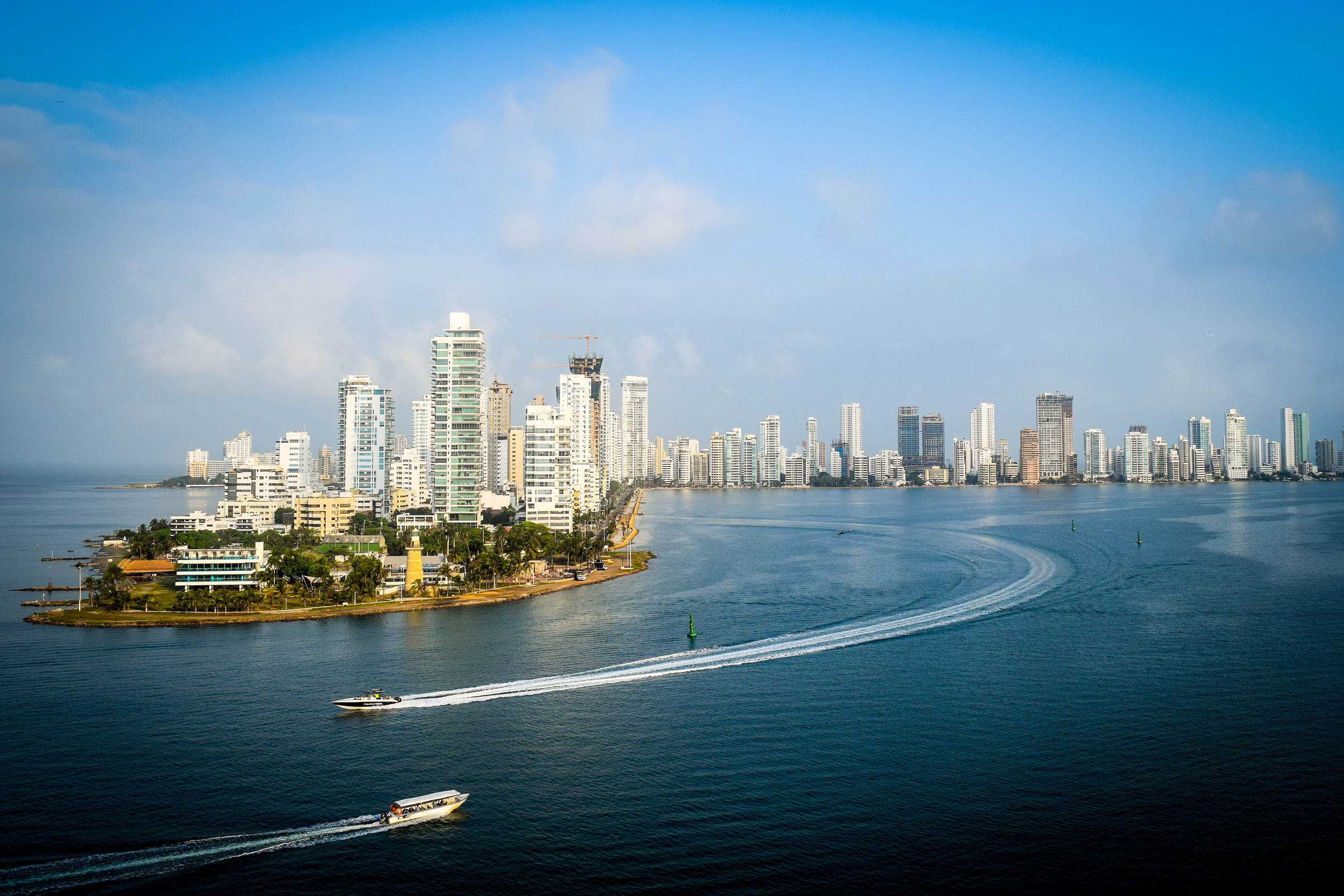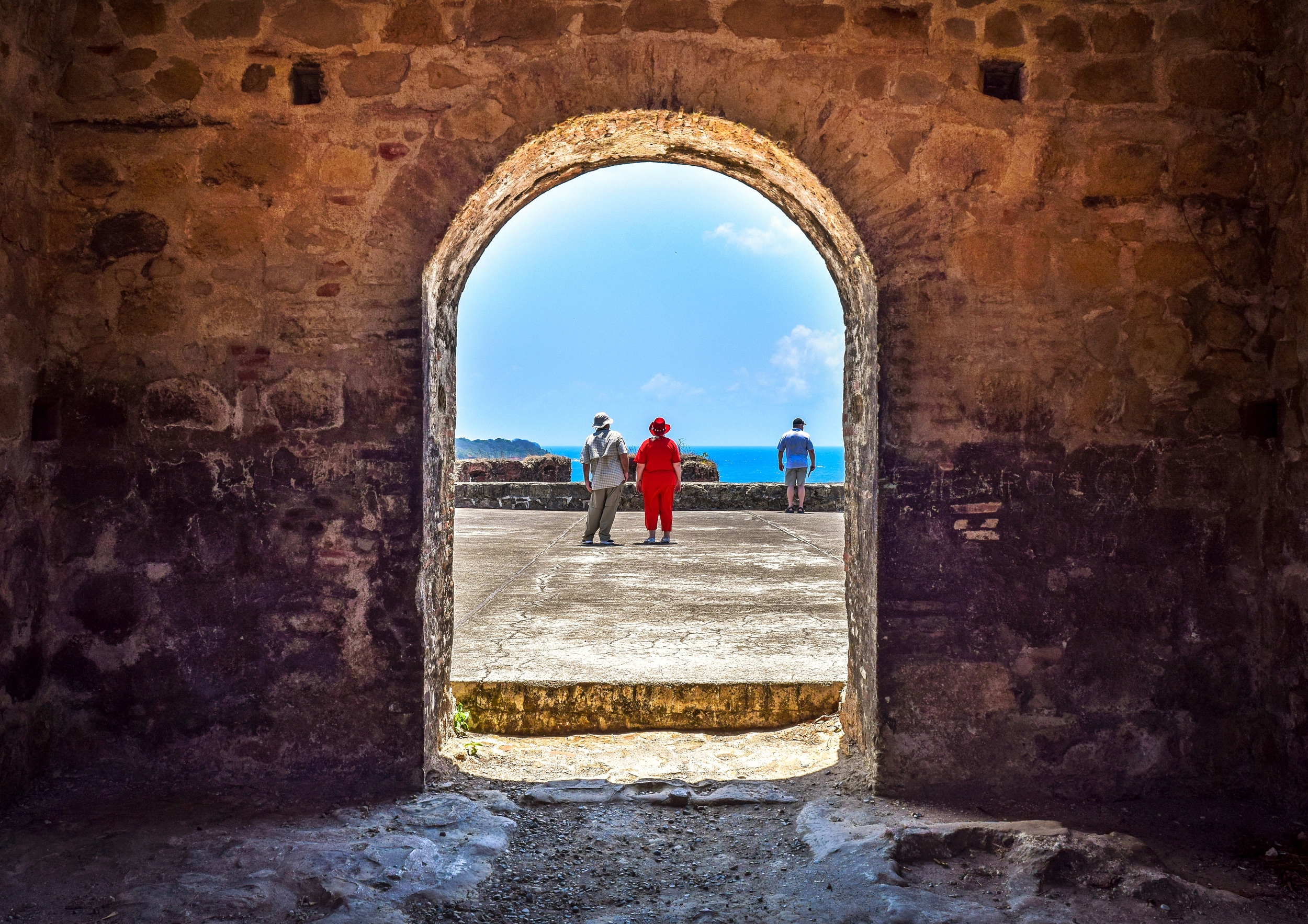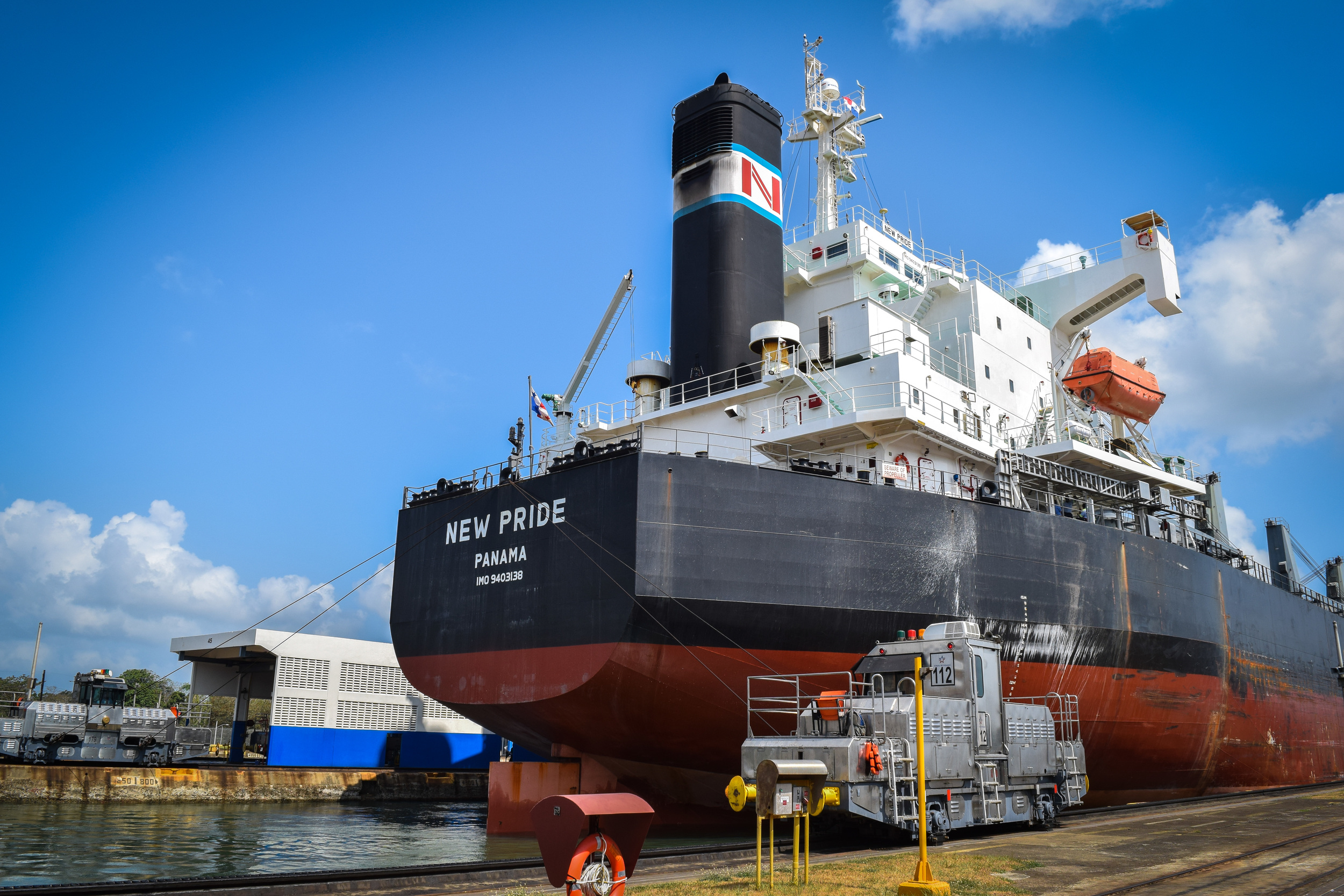Cartagena's Old Town: 7 Sites You Shouldn't Miss
If you're visiting Cartagena for the first time, there's no better place to start your sightseeing than in the oldest part of the city. A couple of hours wandering around the inner walled area showed me just why the Old Town is considered one of the most architecturally beautiful places in all of South America. Here are seven historical and cultural sites in Cartagena's Old Town that are within walking distance of each other and should not be missed during your visit.
So set out on foot and see for yourself!
1. Castillo de San Felipe de Barajas
Towering 40 meters over Cartagena’s Old Town on the San Lázaro hill you’ll find the enormous Castillo de San Felipe de Barajas, the greatest fortress Spain ever built in the Americas.
After an approximate 10-15 minute uphill walk to the top of the mega fortress (in direct sun – bring water!) you can explore the bunkers, tunnels, batteries, and pose for pictures on the leftover cannons from the colonial period.
The views from the top aren’t bad either. Look around and you’ll be able to see almost all of Cartagena - the modern glass skyline of downtown, high-rise apartment buildings, and the spires and domes of the centuries old churches that dot the Old Town.
2. Plaza de la Aduana
Red brick roofs, colorful colonial homes, intricate wooden balconies, and a statue in honor of Christopher Columbus can be found in the largest and oldest square in the Old Town, Plaza de la Aduana. During the time that Spain held control over Cartagena, the structures around this square were primarily used as government and administrative buildings.
3. Catedral de Cartagena
The cannons of Francis Drake’s attack on Cartagena in 1586 destroyed much of the Old Town. While still under construction, part of the Catedral de Cartagena was damaged in the assault and the church was not fully completed until 1612. Alterations were made at the beginning of the 20th century by the first archbishop of Cartagena.
Located next to Plaza de Bolívar, the Catedral de Cartagena rises into the sky from a busy intersection that is loaded with tourists, street vendors, tinteros, and horse-drawn carriages. You can take a self-guided audio tour that lasts about 25 minutes.
4. Puerta del Reloj & Plaza de la Paz
Originally, the main entryway to the Old Town was through Puerta del Reloj, the vibrant yellow clock tower. It leads into Plaza de la Paz, or Peace Plaza, where you’ll find beautiful colonial buildings, restaurants, cafes, countless Colombian emerald shops, and little side streets that wind through the oldest part of Cartagena.
5. Iglesia de Santo Domingo
Inglesia de Santo Domingo is the oldest church in Cartagena. The original structure was severely damaged when Francis Drake attacked the city in 1586, and the church had to be rebuilt. During reconstruction, there were many problems. Cracks appeared in the church vault and supports were added to keep it from collapsing in on itself. Today, it’s obvious the builders also had trouble constructing the bell tower, as it is clearly crooked (the superstitious believe this was done by the devil himself).
Beside the church you’ll find Plaza Santo Domingo, a charming square surrounded by beautiful architecture, and filled with rows upon rows of cafe tables where you can rest and enjoy a refreshing drink.
6. Plaza de Bolívar
Directly across the street from the Catedral de Cartagena lies Plaza de Bolívar, a shaded square (a blessing in the humid heat) full of leafy, green plants, pigeons, and tinteros selling Colombian coffee and other beverages. The centerpiece is a statue honoring Simón Bolívar, a key revolutionary who helped free much of South America from the Spaniards.
7. Convento & Iglesia de San Pedro Claver
Founded by Jesuits in 1603, the impressive Convento de San Pedro Claver is where the Spanish-born priest of the same name lived and tended to the city’s slaves. Nicknamed the 'Apostle of the Blacks' or the 'Slave of the Slaves ‘, Pedro Claver was canonized two centuries after his death (he was the first person to be canonized in the New World). His skull and bones now rest in a glass coffin in the altar.
The convent includes exhibits of religious artwork, pre-Colombian ceramics, and a section on display featuring contemporary Afro-Caribbean pieces such as wooden masks and colorful paintings.




